To season seafood perfectly, start by understanding the natural flavor of your fish or shellfish and choose complementary spices. In this guide, we'll show you exactly how to season salmon, shrimp, white fish, and more with expert tips, global blends, and step-by-step instructions for maximum flavor. Whether you're grilling, baking, or pan-searing, the right seasoning can transform your seafood from bland to extraordinary.
| Seafood Type | Natural Flavor Notes | Best Complementary Spices | Pro Tips |
|---|---|---|---|
| Salmon | Rich, oily, slightly sweet | Dill, smoked paprika, thyme | Apply a paste of 1 tbsp smoked paprika, 1 tsp garlic powder, and 2 tbsp olive oil 20 minutes before grilling for crispy skin |
| Shrimp | Sweet, firm texture | Cayenne, Old Bay, garlic powder | For tacos: Mix 1 tsp cumin, 1/2 tsp chili powder, and 1/4 tsp lime zest per pound of shrimp. Marinate 10 minutes before grilling |
| White Fish (Cod, Haddock) | Mild, flaky | Lemon zest, parsley, chili flakes | For baking: Combine 1 tbsp lemon zest, 1 tsp dried parsley, and 1/2 tsp sea salt. Sprinkle evenly before 15-minute bake |
| Scallops | Buttery, tender | Chive, white pepper, butter-infused salts | Pat dry before seasoning. Use 1/4 tsp sea salt per scallop, then sear in butter for 2 minutes per side |
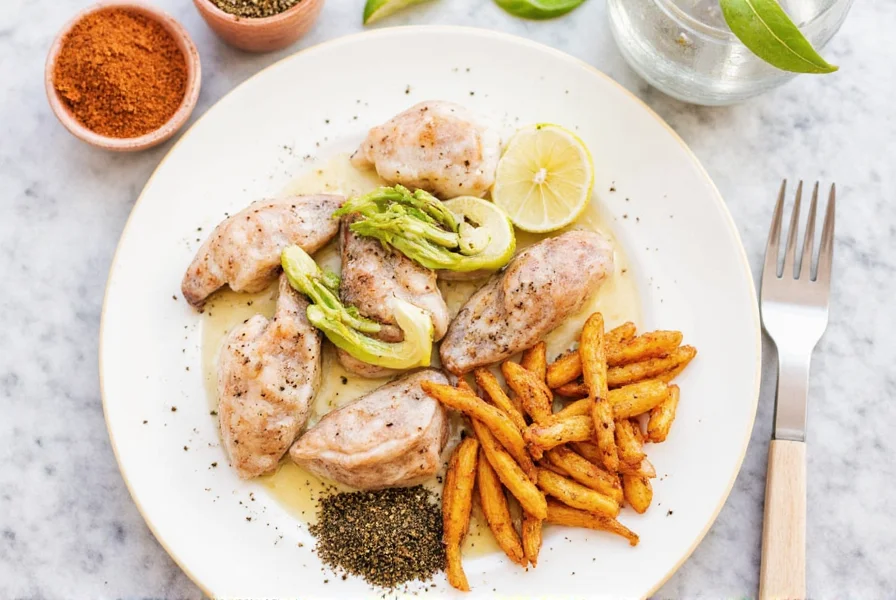
Top 10 Seafood Seasonings with Specific Uses
- Salt – Enhances natural flavors. Use 1/2 tsp per pound for shrimp, 1 tsp for salmon. Apply 15-20 minutes before cooking for best results
- Black Pepper – Adds warmth. Best for baked fish; use freshly ground for maximum aroma
- Lemon Zest – Brightens up any seafood. Mix with olive oil for marinades or sprinkle directly on grilled fish
- Paprika – Adds color and sweetness. Smoked paprika works perfectly for grilled salmon (1 tbsp per pound)
- Cayenne Pepper – Brings heat without overpowering. Ideal for shrimp tacos (1/2 tsp per pound)
- Garlic Powder – Versatile base. Combine with olive oil for a quick seafood rub (1 tsp per pound)
- Old Bay Seasoning – Classic for shellfish. Use 1 tbsp per pound of crab or shrimp for boiling
- Dill – Perfect for salmon. Mix with lemon juice for creamy sauces or sprinkle on baked fish
- Cilantro – Adds fresh contrast. Best for ceviche or grilled fish tacos (chopped fresh for garnish)
- Cumin – Great for Latin flavors. Use 1 tsp per pound for fish tacos or shrimp skewers
Pro Tip: Layer Flavors for Depth
Always apply salt first, then layer aromatics (garlic, shallots), followed by herbs and spices. Finish with a splash of citrus or vinegar after cooking to brighten flavors. For example:
1. Season salmon with salt 20 minutes before cooking
2. Mix smoked paprika and garlic powder with olive oil for a paste
3. After grilling, drizzle with lemon juice and fresh dill
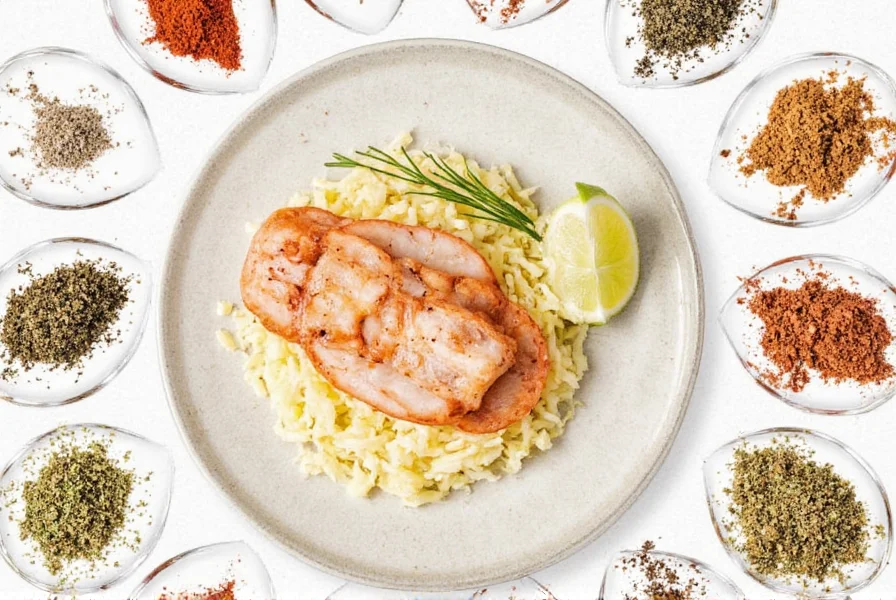
Global Seafood Seasoning Blends with Recipes
1. Cajun Creole (Louisiana, USA)
Perfect for blackened shrimp: Mix 1 tbsp paprika, 1 tsp garlic powder, 1 tsp onion powder, 1/2 tsp cayenne, 1 tsp oregano. Coat shrimp and sear in hot skillet for 2 minutes per side.
2. Ras el Hanout (North Africa)
For baked halibut: Combine 1 tbsp Ras el Hanout with 2 tbsp olive oil. Rub on fish and bake at 400°F for 12-15 minutes.
3. Furikake (Japan)
For grilled salmon: Sprinkle 1 tsp furikake (seaweed variety) on salmon fillets after cooking. Adds umami crunch without overpowering.
4. Za'atar (Middle East)
For roasted cod: Mix 1 tbsp Za'atar with 1 tbsp olive oil. Brush on fish before baking at 375°F for 15 minutes.
5. Garam Masala (India)
For tandoori prawns: Blend 1 tbsp garam masala, 1/2 cup yogurt, 1 tsp ginger. Marinate shrimp 30 minutes before grilling.
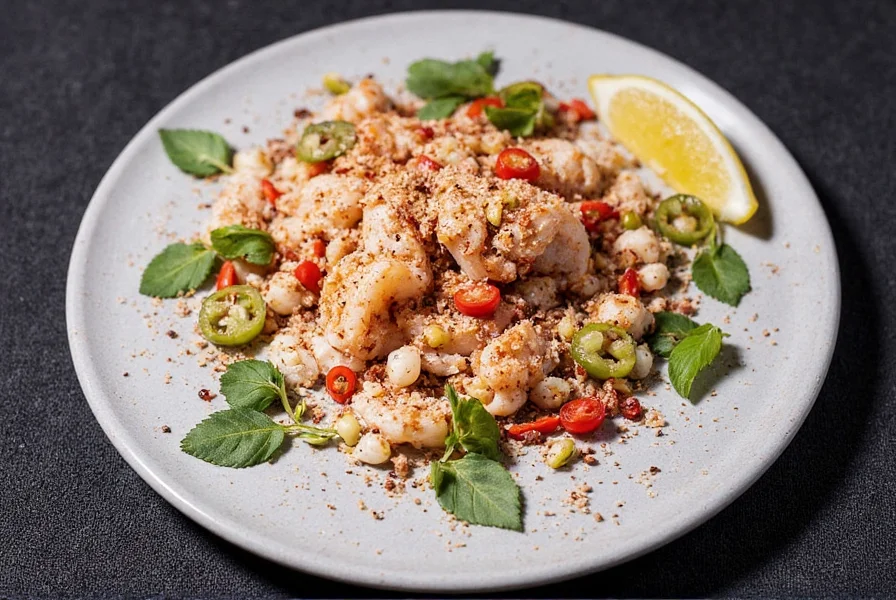
How to Use Seafood Seasonings Like a Chef
1. Season Early for Best Results
Apply salt 20-30 minutes before cooking for thick cuts (salmon, cod). For delicate seafood like scallops, season 10 minutes before cooking to avoid drying out.
2. Create Flavor-Packed Pastes
Combine dried spices with olive oil or melted butter for better adhesion. Example: For grilled shrimp, mix 1 tbsp paprika, 1 tsp cumin, 1/2 tsp garlic powder, and 2 tbsp olive oil. Coat shrimp and marinate 15 minutes.
3. Toast Whole Spices for Maximum Flavor
Toast cumin seeds or coriander seeds in a dry pan for 1-2 minutes before grinding. This intensifies aroma for curries and stews.
4. Acid is Key for Balance
Finish dishes with lemon juice, vinegar, or lime zest to cut through richness. For example: Drizzle grilled salmon with 1 tsp lemon juice and fresh dill after cooking.
5. Taste Before Serving
Always taste after cooking and adjust seasoning. Start with less spice and add gradually – you can't remove excess seasoning.
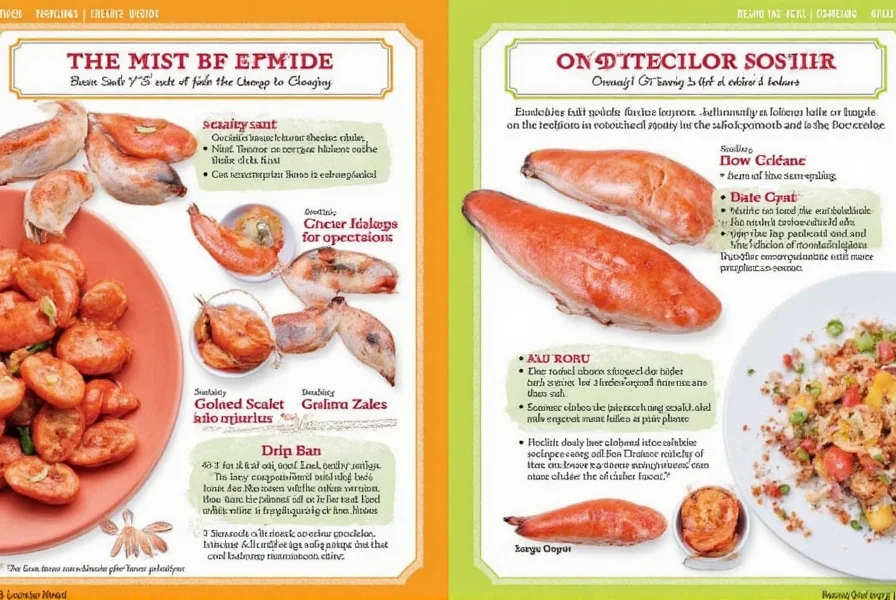
Seafood Seasoning FAQs
What's the best seasoning for salmon?
Smoked paprika, dill, and thyme work perfectly for salmon. For grilled salmon, mix 1 tbsp smoked paprika, 1 tsp garlic powder, and 2 tbsp olive oil. Apply 20 minutes before cooking for crispy skin and rich flavor.
How much seasoning should I use for shrimp?
Use 1/2 tsp seasoning per pound of shrimp. For Old Bay: 1 tbsp per pound for boiling. For tacos: 1 tsp cumin, 1/2 tsp chili powder, and 1/4 tsp lime zest per pound. Always taste after cooking and adjust.
When should I season seafood before cooking?
For salt: 20-30 minutes before cooking for thick cuts (salmon, cod), 10-15 minutes for shrimp, and just before cooking for scallops. For other spices: Apply 10-15 minutes before cooking for most seafood. Quick-cooking items like shrimp benefit from seasoning just before cooking.
Can I use the same seasoning for all seafood?
No. Delicate fish like sole need lighter seasonings (lemon zest, parsley). Robust fish like tuna handle bold spices (cumin, smoked paprika). Shellfish like crab pair perfectly with Old Bay, while scallops shine with butter-infused salts and chives.
What's the difference between Old Bay and Cajun seasoning?
Old Bay contains celery salt, paprika, and black pepper – perfect for shellfish boils. Cajun seasoning has more cayenne, garlic, and oregano – ideal for blackened fish or shrimp. Use Old Bay for crab and shrimp boils, Cajun for grilled or fried seafood with heat.
How do I make a homemade seafood seasoning blend?
For a versatile blend: Mix 2 tbsp paprika, 1 tbsp garlic powder, 1 tbsp onion powder, 1 tbsp dried thyme, 2 tsp black pepper, 2 tsp cayenne (adjust to taste), and 2 tbsp sea salt. For citrus flavor, add 1 tbsp lemon zest. Store in an airtight container.
Do I need to use salt on seafood?
Yes. Salt enhances natural flavors and creates better searing. For unsalted fish, use 1/2 tsp per pound. For pre-salted seafood or blends like Old Bay, reduce salt. Always taste before adding extra salt.
What spices should I avoid with seafood?
Avoid strong curry powders (use garam masala instead), rosemary (too overpowering), and raw garlic in large quantities (becomes bitter). Also avoid clove or star anise – they dominate rather than complement seafood flavors.
| Brand | Type | Best For | Pro Tip |
|---|---|---|---|
| McCormick Seafood Seasoning | Premixed | Boiled shrimp, crab, and steamed lobster | Use 1 tbsp per pound for boiling – add to water with lemon slices |
| Old Bay | Premixed | Crab boils and fried shrimp | For fried shrimp: Mix 1 tbsp Old Bay with 1/2 cup flour for crispy coating |
| Penzeys Smoky Spanish Paprika | Single-ingredient | Grilled salmon and paella | Combine with garlic powder and olive oil for a quick salmon rub |
| Simply Organic Dill | Herb | Salads, pickled fish, and creamy sauces | Use fresh dill for garnish, dried for marinades – 1 tsp dried = 1 tbsp fresh |
| La Flor Cumin | Single-ingredient | Tacos, ceviche, grilled snapper | Toast cumin seeds before grinding for maximum aroma in ceviche |
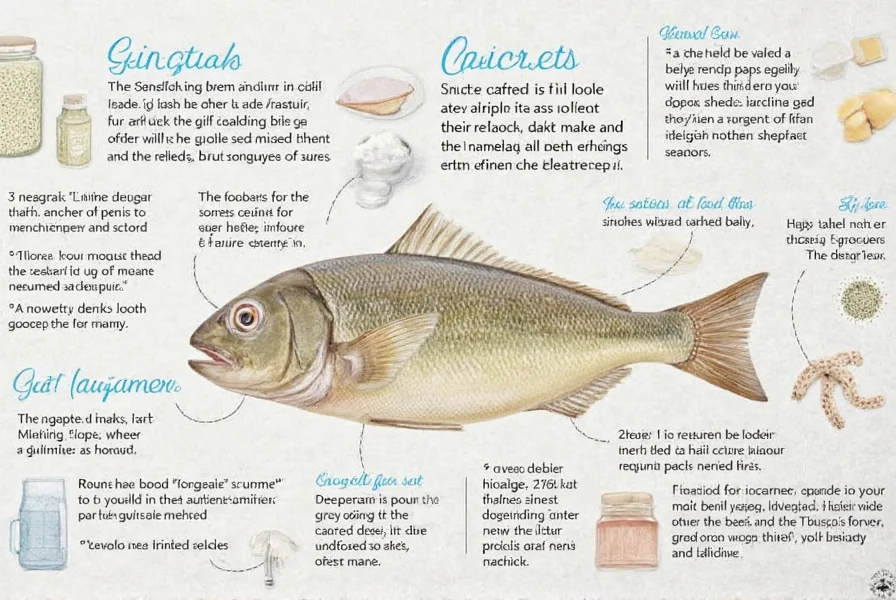
Final Thoughts: Seasoning Like a Pro
Seasoning seafood isn't about masking flavor – it's about enhancing what's already there. For salmon, use smoked paprika and dill. For shrimp, try Old Bay or Cajun blends. Always start with salt, layer flavors, and finish with acid. With these expert tips, you'll transform any seafood dish into a restaurant-quality meal.
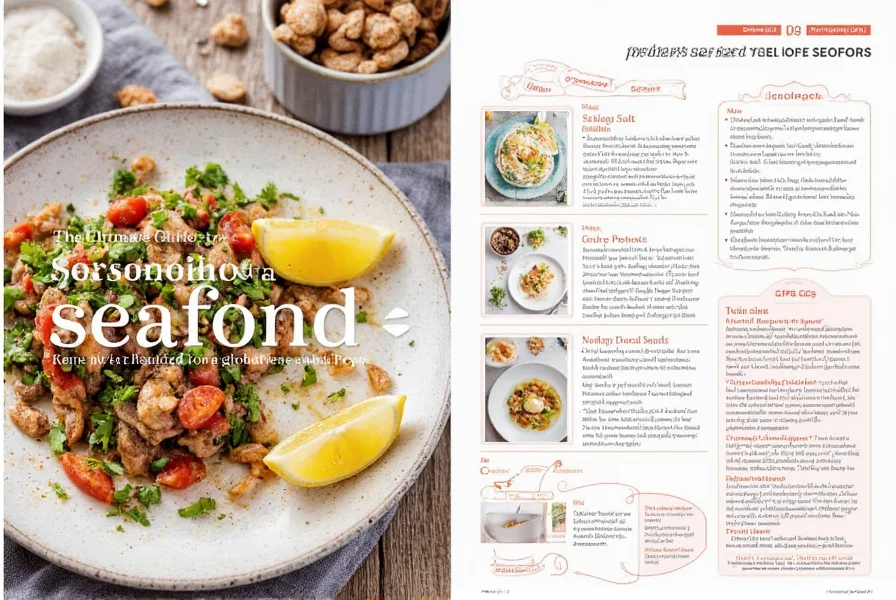

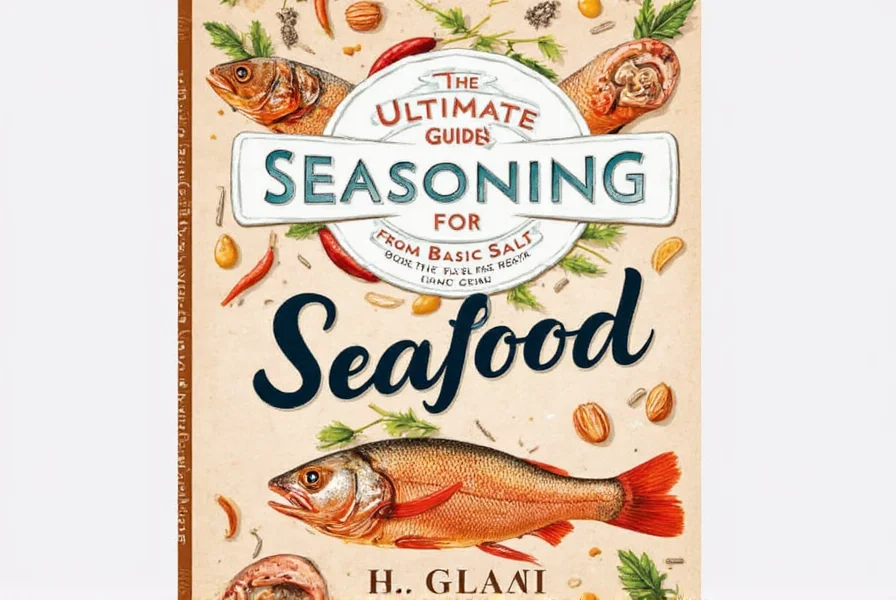









 浙公网安备
33010002000092号
浙公网安备
33010002000092号 浙B2-20120091-4
浙B2-20120091-4